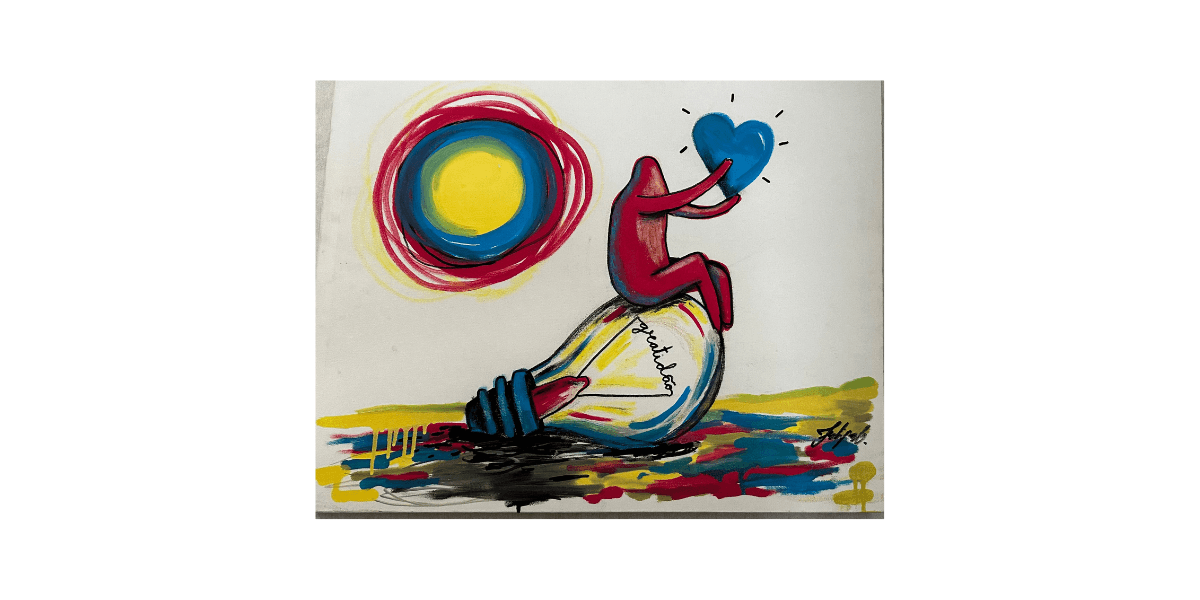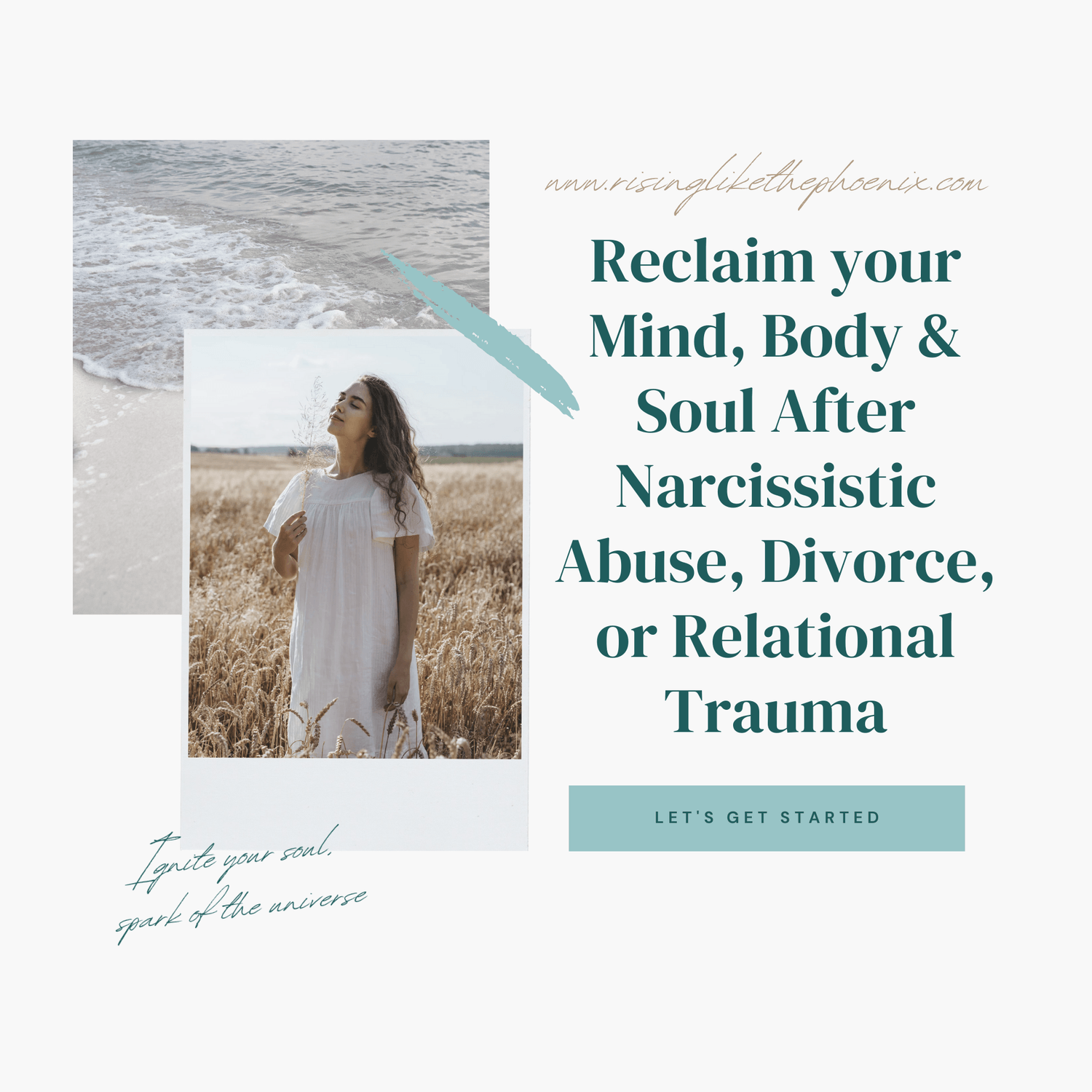The Role of Therapy and Coaching in Recovery
How Support Systems Can Transform Your Emotional Healing Journey
If you’ve survived narcissistic abuse, whether from a partner, parent, or even a workplace, you already know that healing is not a linear path. It’s a winding, deeply personal journey that calls for courage, clarity, and often, a helping hand. That’s where therapy and coaching come in.
These support systems aren’t just about “talking it out.” They are powerful, strategic tools that help you move from surviving to thriving, from emotional confusion to empowered clarity. Whether you're navigating the fallout of a toxic relationship or trying to reclaim your sense of self, therapy and coaching can light the way.
What Is a Healing Journey, Really?
Emotional healing isn’t just about feeling better. It’s about unraveling the emotional wounds that have shaped your responses, your choices, and even your identity. For many women recovering from narcissistic abuse, it’s a return to your authentic self, perhaps for the first time in your life.
Signs You May Be Ready for Emotional Healing
You feel like you’ve lost yourself
You experience persistent anxiety or depression
You struggle with setting boundaries
You second-guess your every move
You’re emotionally exhausted but craving peace
Healing starts when you decide you’re worth the effort. And you are.
Why Start an Emotional Healing Journey?
Let’s be honest, healing is hard. So why begin at all?
Because staying in the pain is harder. Left untreated, emotional wounds from narcissistic abuse can fester into chronic stress, relationship dysfunction, adrenal fatigue, and a fractured sense of self-worth.
Therapy and coaching offer a lifeline:
A safe space to process the trauma
Practical tools for navigating grief, fear, and uncertainty
A guide to help you rebuild your emotional and spiritual compass
When done well, these modalities aren’t about fixing you. They’re about helping you find yourself again.
Therapy vs. Coaching. What’s the Difference?
Both therapists and coaches can play critical roles in recovery, but they serve different purposes.

Therapy: Healing the Past
Therapy is often the first port of call after narcissistic abuse. Licensed therapists help you identify and work through:
PTSD and C-PTSD symptoms
Childhood trauma or intergenerational patterns
Codependency and attachment wounds
Emotional regulation and nervous system repair
Modalities like EMDR, somatic therapy, inner child work, and CBT are especially powerful in abuse recovery.
Coaching: Building the Future
Once some of the emotional debris has been cleared, coaching helps you design what’s next. A trauma-informed coach can support you in:
Goal setting and life planning
Creating healthy routines
Rebuilding confidence
Shifting mindset from victim to thriver
A good coach will meet you where you are and guide you forward with compassion and accountability.
How to Start Your Emotional Healing Journey
You don’t need to have all the answers. You just need a willingness to explore. Here’s where to begin:
1. Name the Pain
The first step is acknowledging what’s hurt you. You can’t heal what you won’t name. Whether it’s betrayal, emotional neglect, or manipulation, owning your story gives you power.
2. Seek Support That Feels Safe
If you're fresh out of a narcissistic relationship, find a licensed therapist familiar with narcissistic abuse and complex trauma. Safety is key. Look for someone who:
Validates your experiences
Respects your pace
Offers practical coping strategies
If you’ve already done some inner work and feel ready to dream again, consider working with a trauma-informed coach to design your new path forward.
3. Don’t Wait for Rock Bottom
You don’t need to “hit bottom” to ask for help. Starting therapy or coaching is an act of strength, not weakness. It means you're ready to invest in yourself.
The Stages of Emotional Healing
Healing from narcissistic abuse is not a checklist, it’s a cycle. But knowing the general stages can help you recognize progress
Stage 1: Awareness
You begin to see that what happened wasn’t your fault. You realize you’ve been living in survival mode. This is often the most painful, and liberating, stage.
Stage 2: Grief
You mourn the relationship you thought you had. You grieve for your past self. This is where a therapist becomes essential.

Stage 3: Inner Child Work
You revisit the younger parts of you who were hurt, ignored, or abandoned. You begin to offer them the love and safety they never received.
Stage 4: Rebuilding
You learn new coping tools. You set boundaries. You find joy in solitude. A coach can help you design this new version of you.
Stage 5: Integration
You’re no longer defined by the trauma. The past no longer pulls you under. You are rising. You are whole.
What to Expect from Therapy and Coaching
Expect resistance. Expect tears. Expect breakthroughs.
But most importantly,expect transformation.
You’ll begin to feel safer in your body. You’ll start trusting your intuition. You’ll see yourself as worthy of love, joy, and freedom. You’ll stop asking, “Why did this happen to me?” and start asking, “What am I being called to create?”
How Long Does Emotional Healing Take?
The unpopular truth? It takes time.
And the timeline is different for everyone.
Some women see major breakthroughs in six months. Others need years to work through layers of complex trauma. What matters is consistency, self-compassion, and a willingness to keep showing up.
Healing is not a race. It’s a relationship with yourself.
Here are a few simple steps:
Finding a Therapist
Use directories like Psychology Today, or The Center for Relational Harm (www.saferelationshipsmagazine.com)
Search for specialties in trauma, narcissistic abuse, or EMDR
Interview them! You’re hiring them, not the other way around.
Finding a Coach
Look for trauma-informed coaches with lived experience
Check certifications (e.g., ICF, Somatic Coaching)
Ask for a discovery call
Look for online therapy @ https://www.choosingtherapy.com/the-best-online-therapy-services-of-2025
Trust your gut. If someone doesn’t feel safe or aligned, keep looking.
You Deserve to Heal
You are not too broken. You are not too late. And you are not alone.
Therapy and coaching are not magic fixes,but they are lifelines. They give structure to the chaos, language to the pain, and wings to your healing journey.
It’s time to rise, sister. Your new flight plan begins now.

Frequently Asked Questions (FAQ)
It depends on the severity of your trauma. If you're dealing with intense emotional flashbacks, panic attacks, or dissociation, a licensed therapist is your safest first step. Coaching is great for rebuilding after you’ve done foundational healing.
Ask directly. Look for certifications or modalities like EMDR, somatic experiencing, or inner child work. A trauma-informed professional will focus on safety, choice, and pacing.
Check out sliding scale clinics, community mental health centers, or organizations like Open Path Collective. You can also start with books, podcasts, and trauma-healing communities until you're able to invest in one-on-one help.
There’s no universal answer. Many people stay in therapy for a year or more. Some return periodically as life evolves. Listen to your needs and reevaluate every few months.
Switch! The relationship is everything. You deserve someone who gets you. Don’t settle for a bad fit,it can delay your healing.
5 Steps to Reclaim Your Life
A practical guide to reclaiming your confidence, setting boundaries, and moving forward—without second-guessing yourself.

Hi, I’m Diane – and I’m so glad you’re here
Diane is the author of A Girlfriend’s Guide to the Other Side: Reclaim Your Mind, Body, and Soul After Narcissistic Abuse, Divorce, or Relational Trauma.
After surviving the wreckage of a controlling relationship that stripped her identity, she turned her pain into purpose. Through her book, course, and community, Diane now guides women on the journey of rebuilding self-worth, setting healthy boundaries, and reclaiming their lives.
Her mission is simple: to remind every woman that healing is possible, and that your future can be brighter than your past.
Categories
Rise Weekly Newsletter
Because healing isn’t just about surviving, it’s about rising. Rise Weekly delivers empowering insights, gentle reminders, and soulful tools to help you reclaim your strength, set powerful boundaries, and rebuild a life that feels like you. If you're ready to rise above trauma and step into your next chapter with clarity and courage - this is your space.
Created by © Suzanne Startari with systeme.io





